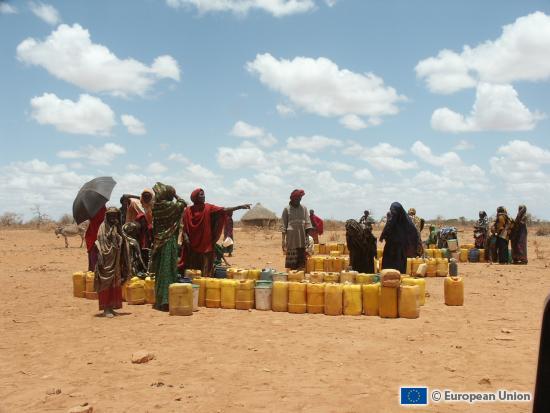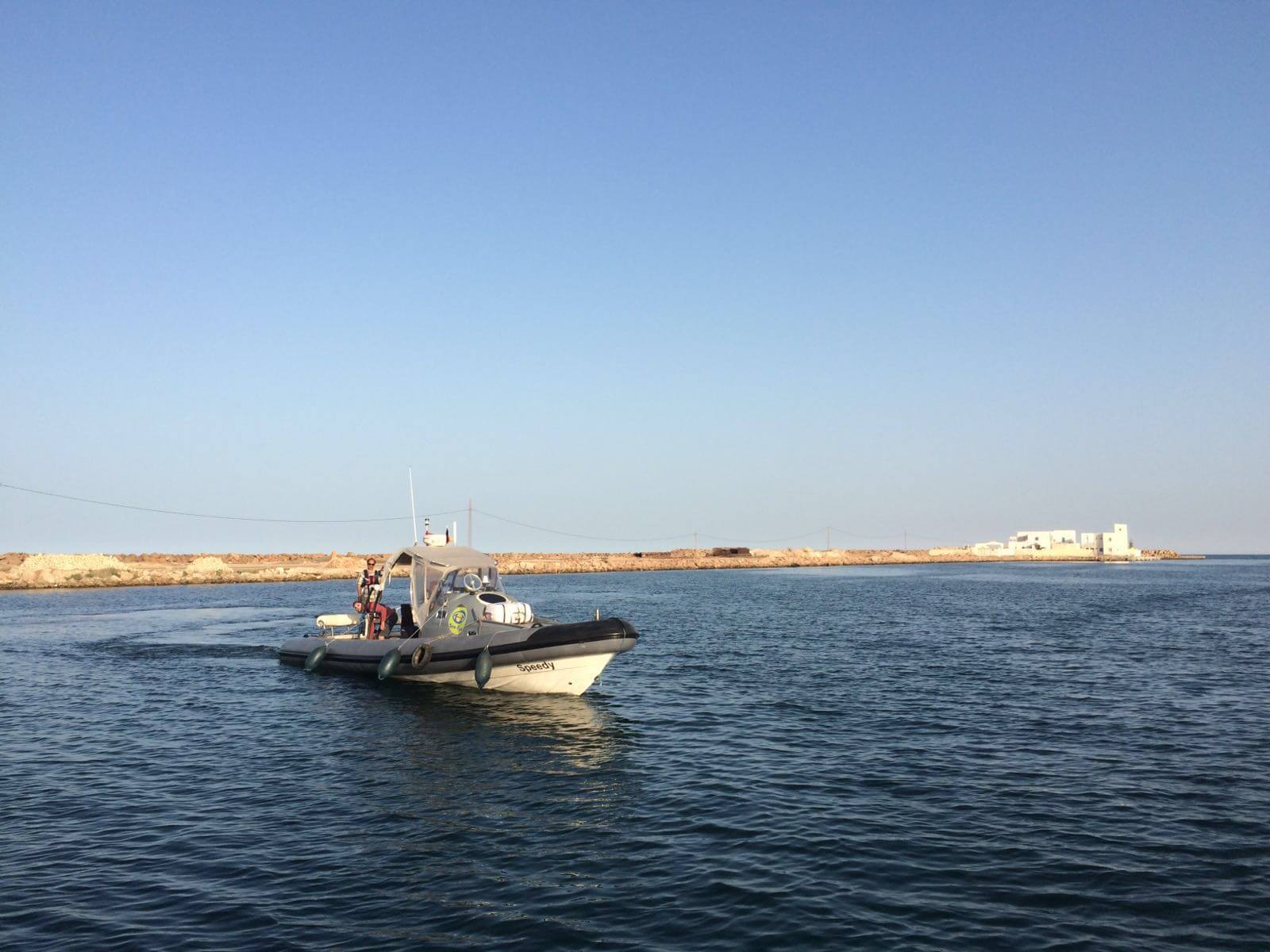EU humanitarian priorities in 2012. Where will the money go?

(BRUSSELS2) The European Commission presented today (16 December) its plan for the allocation of the 640 million euros of humanitarian aid available for 2012. Decision which integrates the European "operational strategy" in terms of humanitarian aid for 2012 (download this document).
36 countries or regions will thus benefit from Community subsidies. Sudan (North and South) (87 million euros), Congo DRC (44 million euros), the "occupied Palestinian territories" (40 million euros), the Sahel (45 million euros) are the main beneficiaries as well as the countries of the Horn of Africa (102 million euros) . All are " in protracted, large-scale crises due to conflict and/or food shortages” explains Commissioner Georgieva, in charge of humanitarian aid.
Alert on the Sahel
The largest operation in budgetary terms, however, concerns sub-Saharan Africa – 52% of the Commission's humanitarian aid goes there. “One of the most important crises already looming on the horizon is linked to the food emergency in the Sahel, where 300 children already die each year from malnutrition. Without concerted action, this tragedy will take on even more dramatic proportions next year.” alert the commissioner.
But around 15% of the budget is devoted to forgotten crises, in "regions which receive little media attention and where the Commission is often the only major donor" (see map): Sahrawi refugees in Algeria, Bhutanese refugees in Nepal and victims of the internal armed conflict in the Central African Republic.
A necessary reserve
Disasters being, by nature, endowed with a surprise effect, “We have to be prepared for those we cannot predict. » In 2011, the entire reserve was used due to major disasters in Japan, Libya, Côte d'Ivoire and the Horn of Africa. These emergency financial aid decisions have brought the total amount of humanitarian aid provided by the Commission to more than €1,1 billion. “We must prepare for an equally difficult 2012 and have the necessary resources to be able to react to unexpected situations” clarified K. Georgieva.
NB: Europe's humanitarian aid is not direct, it is done through our "partner" organisations, often the United Nations agencies, the ICRC and the Red Cross "family" organisations. / Red Crescent, as well as some NGOs (such as Doctors Without Borders).
